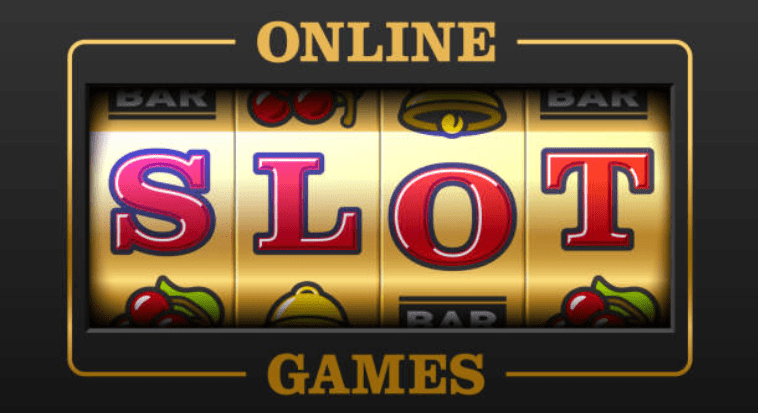
A slot is a position within a group, sequence or series. It can also refer to a hole or opening in an object, such as the gap between an aircraft’s wing and tail surfaces.
Slot is also a verb that means to put into place or assign in a specific location. The word is also used to describe the position of a symbol on a slot machine’s reels. A slot is one of the many parts that make up a casino game, along with a button, a spin switch and a reel-stop lever. Some slots have a fixed number of pay lines while others use a random number generator to produce results for each spin.
The process of playing a slot machine is fairly simple. A player inserts cash or, in “ticket-in, ticket-out” machines, a paper ticket with a barcode. Then the player activates a spin button or the machine’s touch screen to start spinning the reels. When winning combinations appear, the machine pays out credits based on the pay table. Symbols vary depending on the theme and may include traditional objects such as fruit or stylized lucky sevens, or characters from a movie or video game.
While playing slot doesn’t require the same skills and instincts as other casino games, it is important to understand how slots work in order to maximize your chances of winning. Many players have misconceptions about slot strategy, but knowing the truth can help you make smarter decisions when choosing a machine.
A common myth is that all slots have the same odds, but that’s not true. The odds of hitting a particular combination are different for each individual machine, and the odds of hitting the jackpot are even less predictable. In reality, the odds of hitting a jackpot are about 1 in 1,000 for every bet placed on a machine.
It is possible to increase your odds of winning by choosing a machine with a higher Return to Player (RTP). This percentage is calculated based on the average amount paid for each spin, divided by the total number of spins. You can find the RTP for a particular machine by looking at its pay table, which should be listed on the machine’s front panel or in its help menu.
Another way to improve your odds is to play a slot with multiple pay lines. These are the lines on which matching symbols need to land to form a winning combination. While some machines only have a single pay line, most modern slot machines feature several. Often, these pay lines are shaped in various ways, including diagonal and straight lines. In addition, some slots have wild symbols that can substitute for other symbols to create winning combinations. You can check the pay table for a slot’s pay lines by clicking an icon close to the bottom of its screen. This will open a pop-up window with all the information you need to know before you begin playing.
